Stellantis Drives Towards A Chrome-Free Future
Automaker Eliminates Chrome for Health and Environmental Safety...
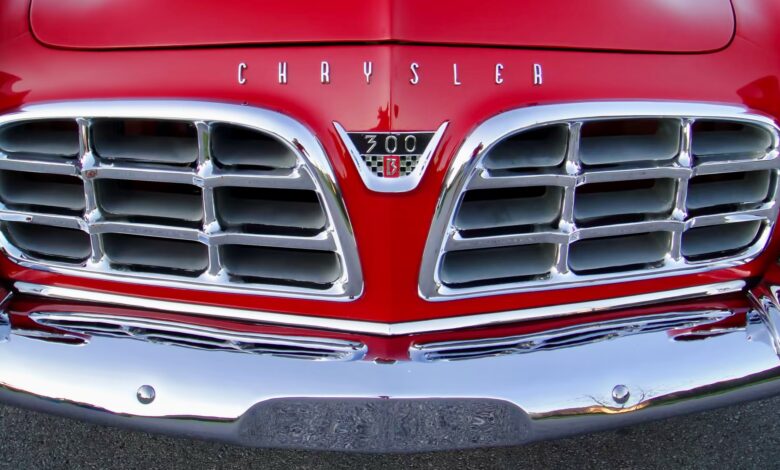
Stellantis is setting a bold new precedent in the industry by committing to phase out chrome from all its new models. This initiative, dubbed the “Death of Chrome,” is driven by environmental and health concerns related to the use of hexavalent chromium in the plating process.
The End of an Era –
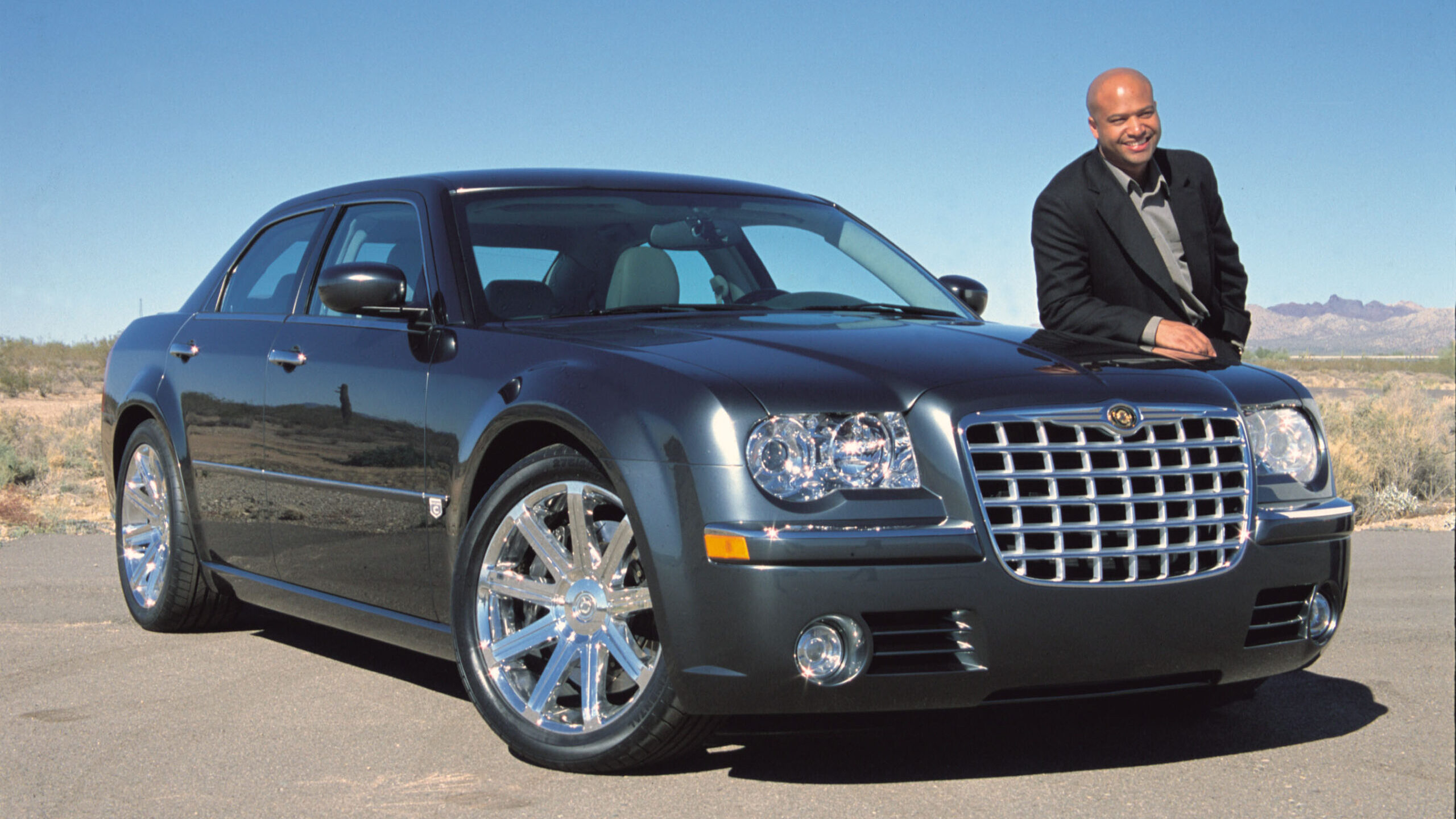
For decades, chrome has been synonymous with automotive luxury and durability. It has provided cars with an eye-catching sparkle and protected unpainted metal parts from corrosion. “Chrome on a car is the automotive equivalent of using jewelry on an outfit,” says Leslie Kendall, head curator of the Petersen Automotive Museum in Los Angeles.
However, Stellantis believes the time has come for a change. Ralph Gilles, Stellantis’ Chief Design Officer, explains, “We are committed to eliminating chrome on all our new models. Our goal is to introduce designs that customers will find even more appealing without the need for chrome’s mirror-like shine.”
The Dark Side of Chrome –
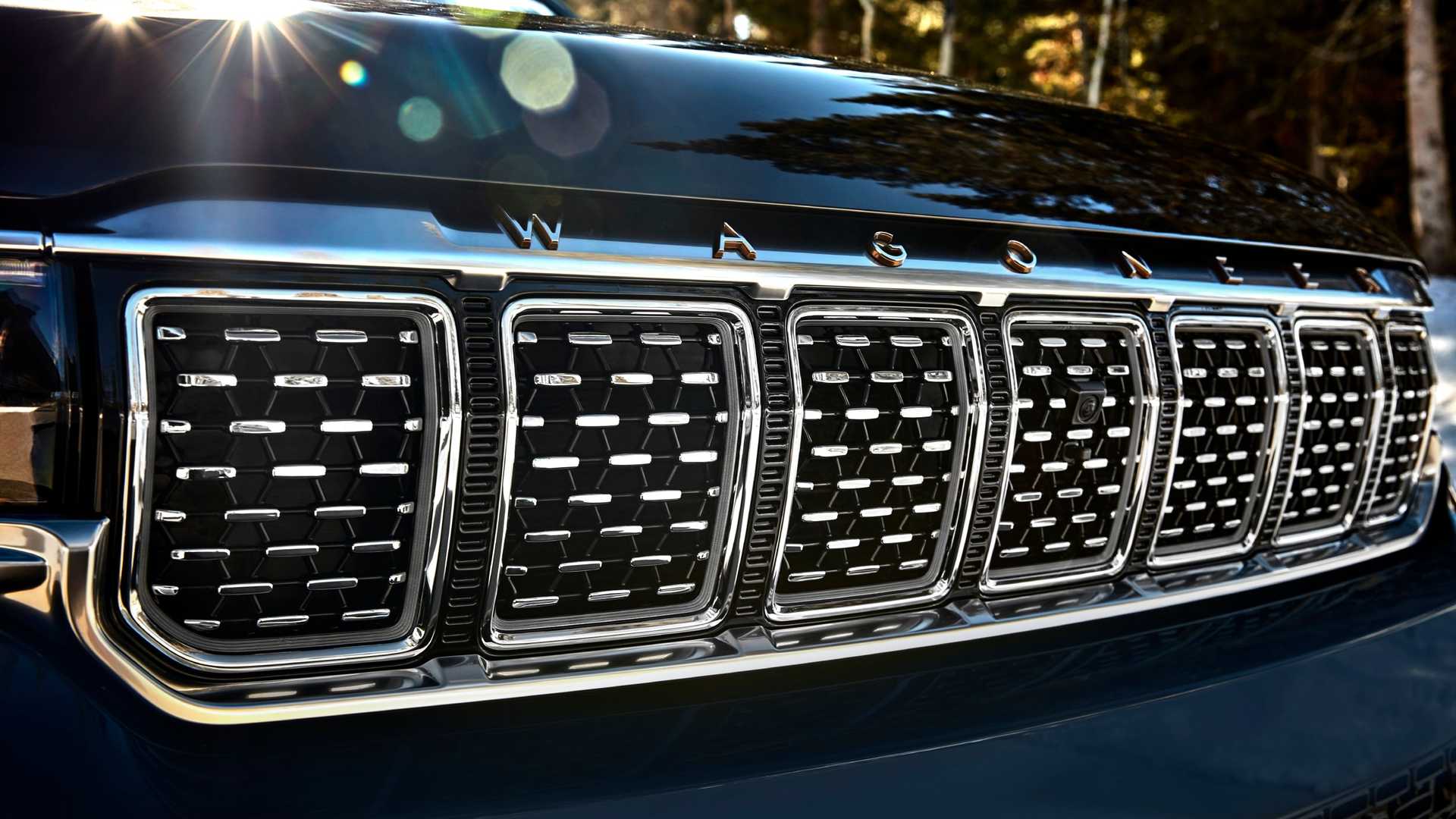
The move to eliminate chrome is largely due to the hazardous nature of hexavalent chromium, or “chromium 6,” used in the plating process. This compound is a known carcinogen, significantly more toxic than diesel exhaust. While the finished chrome on vehicles is safe, the electro-plating process poses substantial health risks to workers and the environment.
“Hexavalent chromium is 500 times more toxic than diesel exhaust and has no known safe level of exposure,” states the California Air Resources Board (CARB). Despite advancements in safety measures, California is now pushing for a complete ban on hexavalent chromium plating, offering funding to help businesses transition to safer alternatives.
Searching for Alternatives –
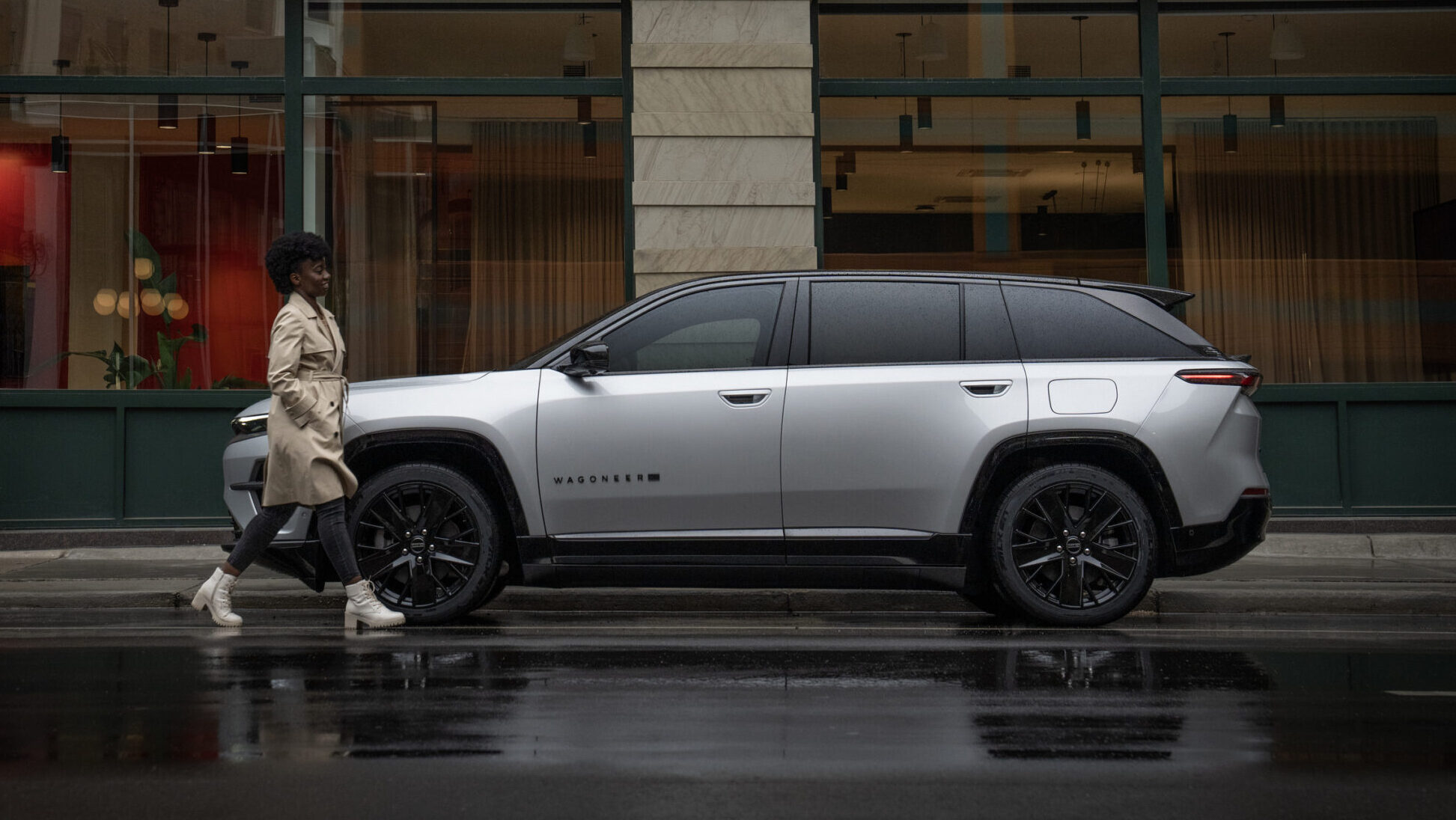
Stellantis is exploring various substitutes for traditional chrome plating. Trivalent chrome, a less dangerous option, and other materials like polished stainless steel and satin steel are being considered. “The challenge with trivalent chrome is that the luster isn’t as good—it has a more yellowish finish,” Gilles explains. “Whereas hexavalent is extremely brilliant and clear. We need to create new designs that people will come to love just as much.”
Stellantis has already experimented with alternatives on special edition models, receiving positive feedback from consumers. The all-new, all-electric 2024 Jeep® Wagoneer S is the first vehicle from Stellantis that is entirely chrome-free.
Embracing New Aesthetics –
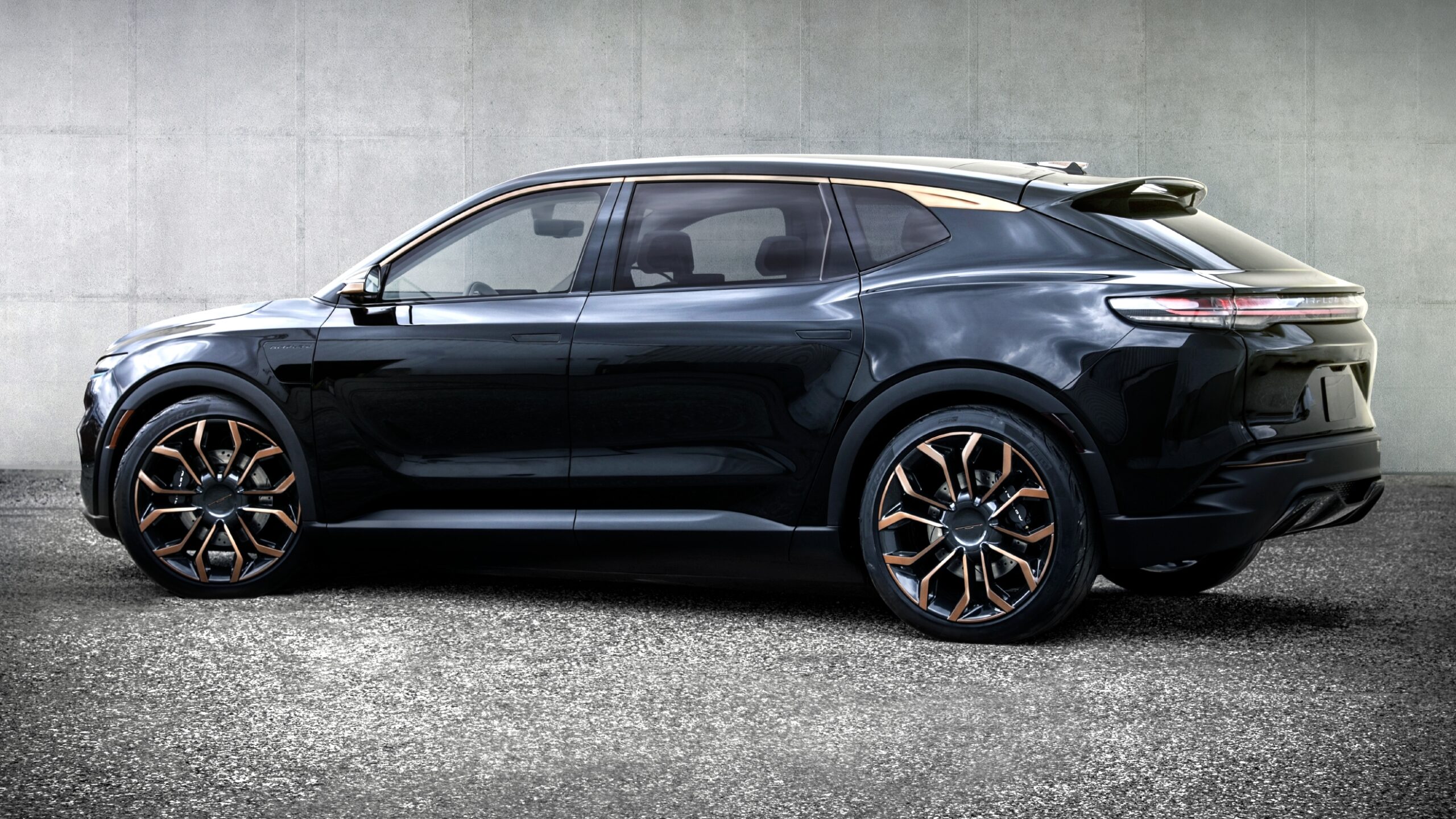
To replace chrome, Stellantis is focusing on other design elements, including the increasingly popular “blackout packages” that replace bright chrome with matte black components. “Sometimes people convert their cars to blackout packages themselves. They call it ‘murdered out’ on the street,” Gilles noted.
But black isn’t the only option. “We’re using bronzes, silvers, and graphites where chrome used to be, creating more nuanced contrasts,” Gilles says. This approach addresses safety concerns and opens up new design possibilities.
Looking Forward –
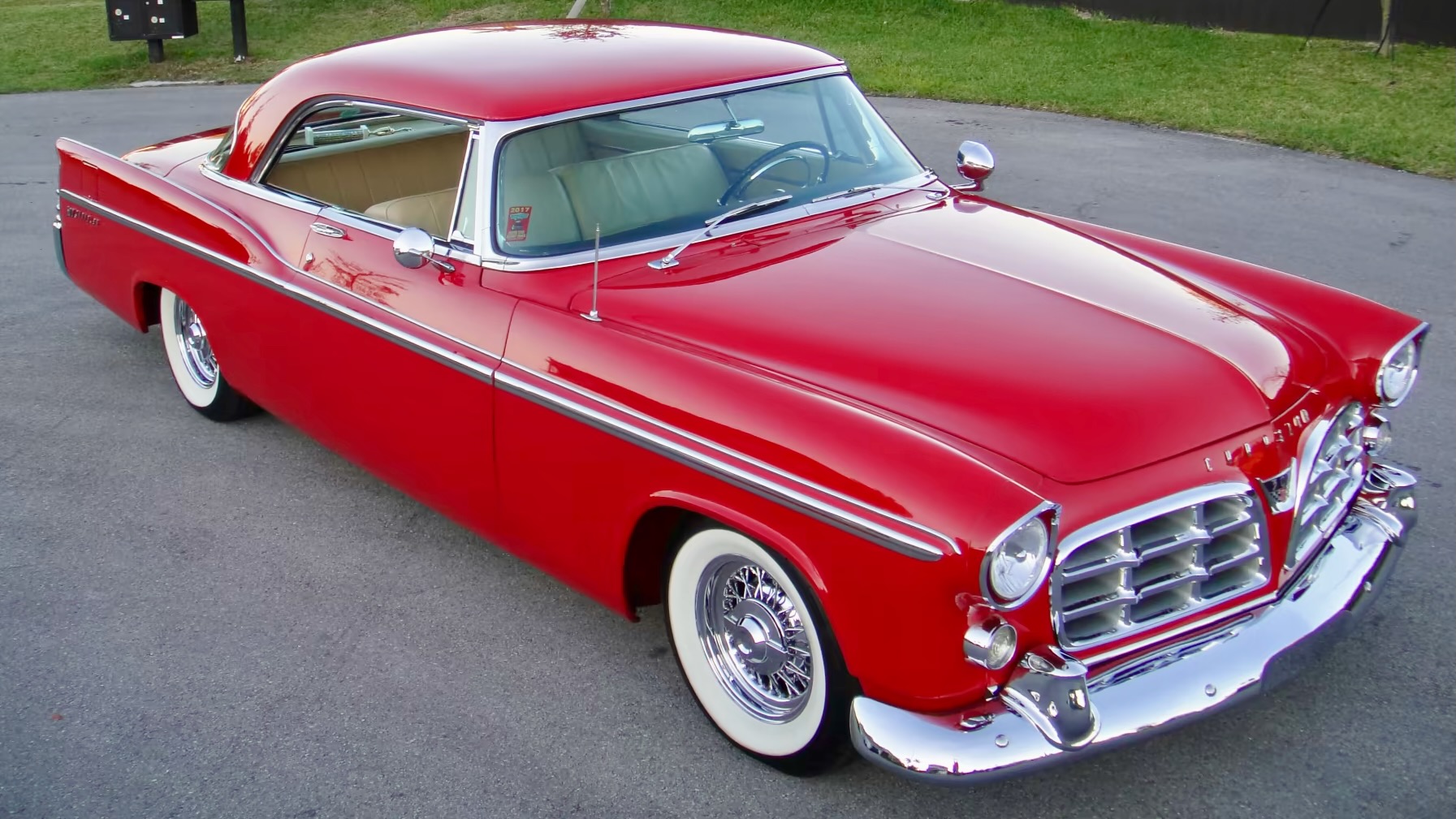
The use of chrome on cars has already diminished from its peak in the 1950s. “Chrome peaked in the ’50s with the big American land yachts with giant chrome bumpers and grills. They couldn’t use enough chrome,” Gilles reflects. As the automotive industry moves towards more sustainable practices, the “Death of Chrome” signifies a significant step in prioritizing health and environmental safety without compromising style.
Source: CNN

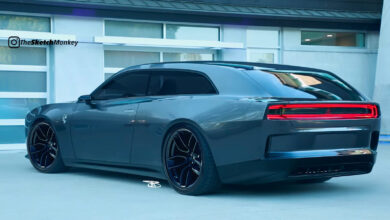

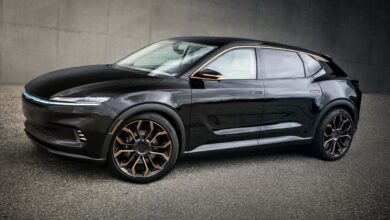


5 replies
Loading new replies...
Join the full discussion at the Mopar Insiders Forum →